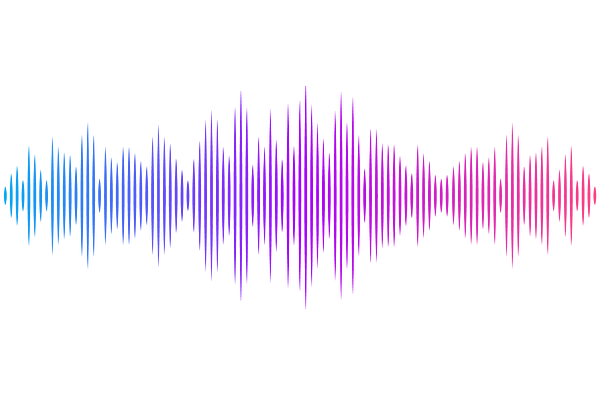In a Canine Model of Septic Shock, Cardiomyopathy Occurs Independent of Catecholamine Surges and Cardiac Microvascular Ischemia

In a Canine Model of Septic Shock, Cardiomyopathy Occurs Independent of Catecholamine Surges and Cardiac Microvascular Ischemia
Ford, V. J.; Applefeld, W. N.; Wang, J.; Sun, J.; Solomon, S. B.; Klein, H. G.; Feng, J.; Lertora, J.; TORABI-PARIZI, P.; Danner, R. L.; Solomon, M. A.; Chen, M. Y.; Natanson, C.
AbstractBackground: High levels of catecholamines are cardiotoxic and associated with stress-induced cardiomyopathies. Septic patients are routinely exposed to endogenously released and exogenously administered catecholamines, which may alter cardiac function and perfusion causing ischemia. Early during human septic shock, left ventricular ejection fraction (LVEF) decreases but normalizes in survivors over 7-10 days. Employing a septic shock model that reproduces these human septic cardiac findings, we investigated the effects of catecholamines on microcirculatory perfusion and cardiac function. Methods: Purpose-bred beagles received intrabronchial Staphylococcus aureus (n=30) or saline (n=6) challenges and septic animals received either epinephrine (1mcg/kg/min, n=15) or saline (n=15) infusions from 4 to 44 hours. Serial cardiac magnetic resonance imaging (CMR), invasive hemodynamics and laboratory data including catecholamine levels and troponins were collected over 92 hours. Adenosine-stress perfusion CMR was performed on eight of the fifteen septic epinephrine, and eight of the fifteen septic saline animals. High-dose sedation was titrated for comfort and suppress endogenous catecholamine release. Results: Catecholamine levels were largely within the normal range throughout the study in animals receiving an intrabronchial bacteria or saline challenge. However, septic versus non-septic animals developed significant worsening of LV; EF, strain, and -aortic coupling that was not explained by differences in afterload, preload, or heart rate. In septic animals that received epinephrine versus saline infusions, plasma epinephrine levels increased 800-fold, pulmonary and systemic pressures significantly increased, and cardiac edema decreased. Despite this, septic animals receiving epinephrine versus saline during and after infusions, had no significant further worsening of LV; EF, strain, or -aortic coupling. Animals receiving saline had a sepsis induced increase in microcirculatory reserve without troponin elevations. In contrast, septic animals receiving epinephrine had blunted microcirculatory perfusion and elevated troponin levels that persisted for hours after the infusion stopped. During infusion, septic animals that received epinephrine versus saline had significantly greater lactate, creatinine, and alanine aminotransferase levels. Conclusions: Cardiac dysfunction during sepsis is not primarily due to elevated endogenous or exogenous catecholamines nor is it principally due to decreased microvascular perfusion induced ischemia. However, epinephrine itself has potentially harmful long lasting ischemic effects during sepsis including impaired microvascular perfusion that persists after stopping the infusion.